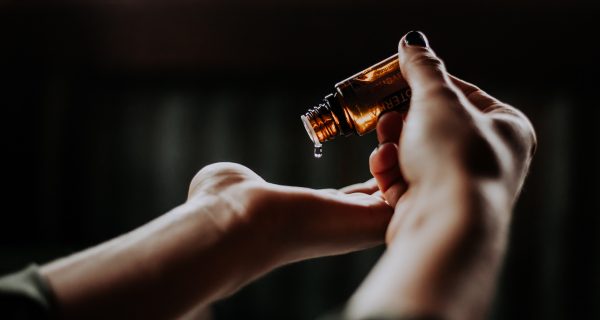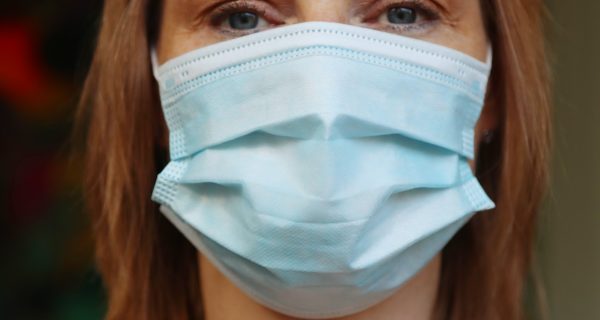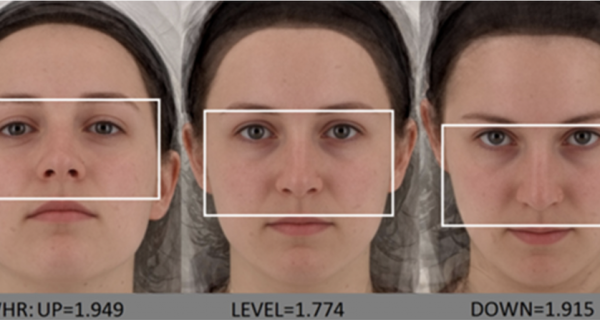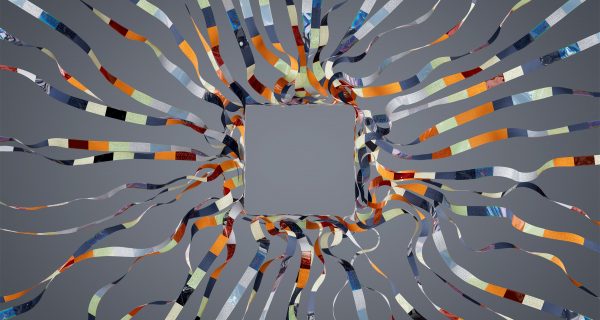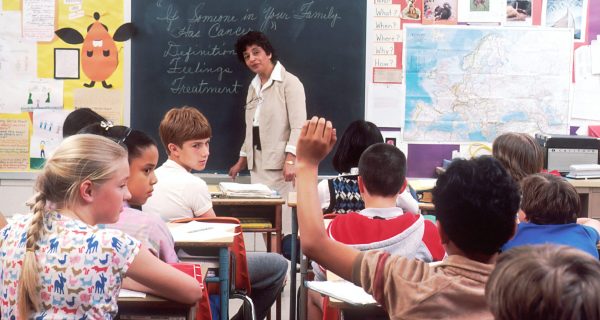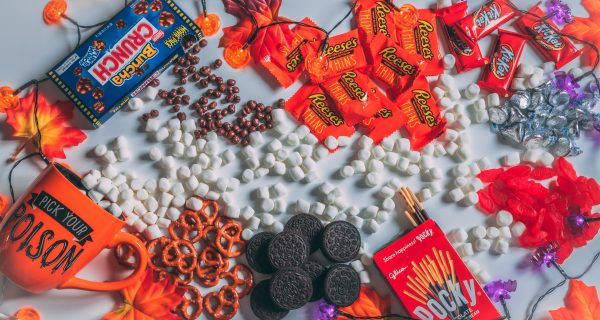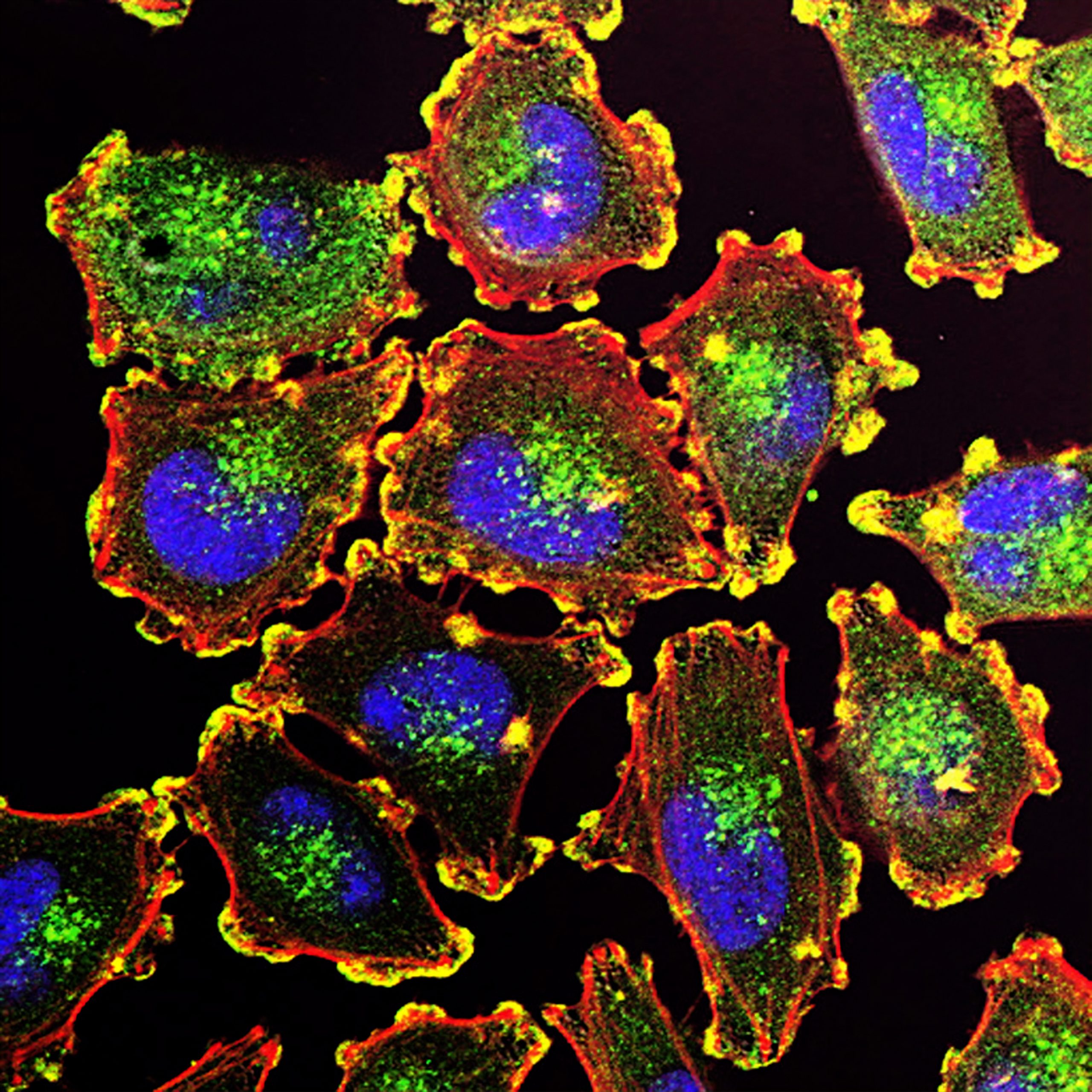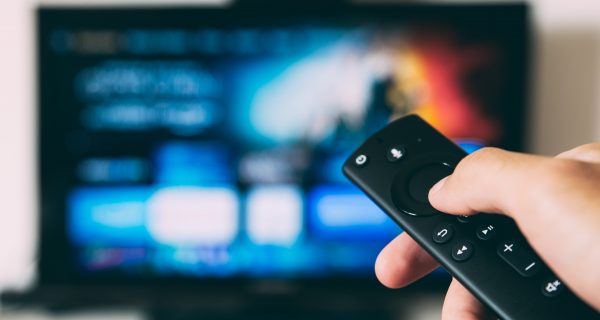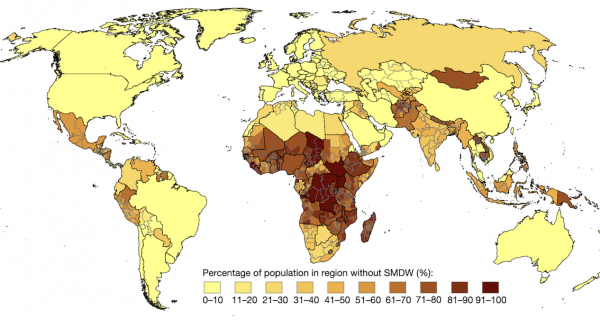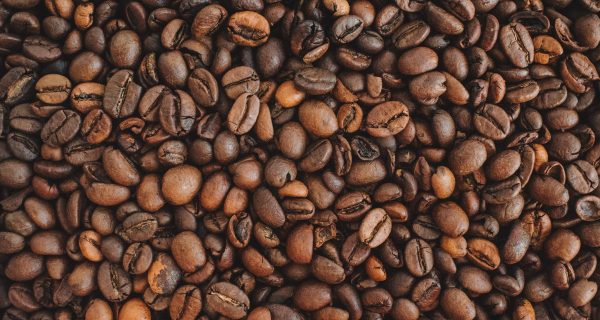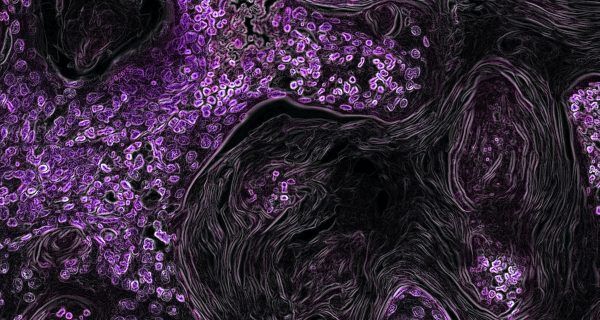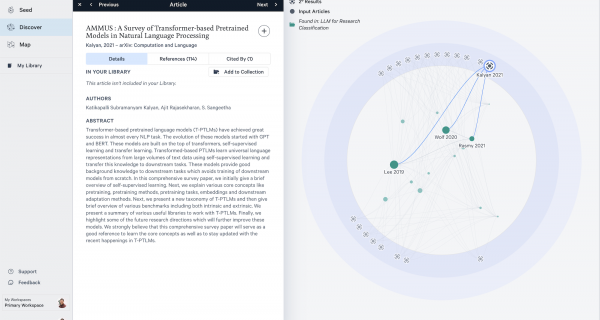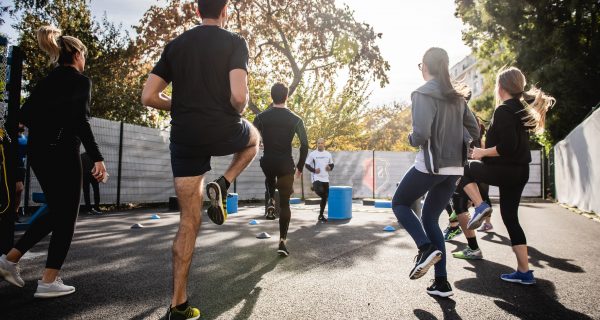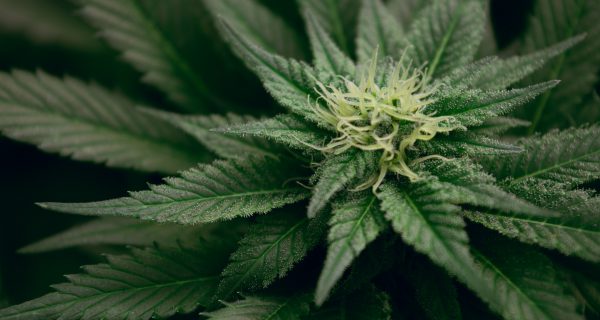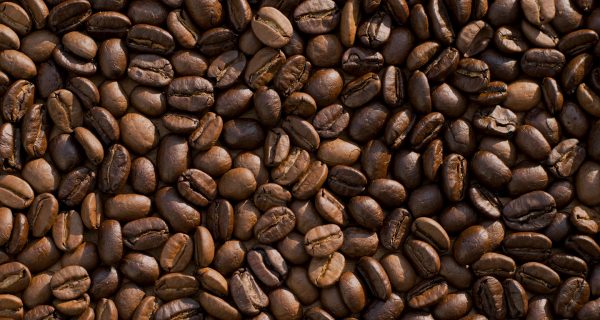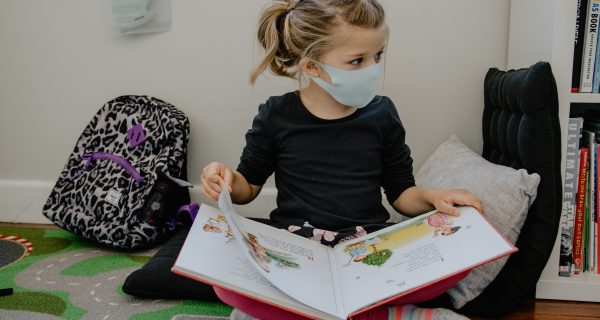Attractive female students no longer earned higher grades when classes moved online during the pandemic, study shows
When education is in-person, attractive students receive higher grades in non-quantitative subjects, in which teachers tend to interact more with students compared to quantitative courses.

Physical appearance is an important predictor of success in life. Attractive people tend to be more satisfied with their lives, get better grades, earn more, and are less likely to engage in criminal activity. One possible explanation is that attractive individuals are likely to be more self-confident, which can affect their outcomes in life positively.
In a recent study, Adrian Mehic at Lund University in Sweden examines the role of student facial attractiveness on university grades. To do so, he first considers academic outcomes when education is in-person. He then goes on to use the COVID-19 pandemic as a natural experiment and shows that switching to full online teaching resulted in deteriorated grades in non-quantitative courses for attractive females.
To reach his findings, Adrian gathers data from the first two years of the Industrial Engineering Program at Lund University. He then goes on to classify courses as either quantitative or non-quantitative. Non-quantitative courses have a higher share of group assignments, seminars, and oral presentations, whereas quantitative courses rely almost exclusively on final written exams. In non-quantitative subjects, teachers are more likely to interact with students, making it reasonable to expect that the beauty premium is higher in non-quantitative courses.
Towards the end of the 2019–20 academic year, all Swedish universities switched to online teaching to mitigate the spread of COVID-19. This meant that lectures and seminars were conducted remotely, and although students were encouraged to have their cameras turned on, there was no requirement to do so. Therefore, online learning significantly reduced teacher–student interaction.
In total, the full sample includes 307 students. To quantify beauty, the author recruited a jury of 74 individuals. Each face received an average of 37 independent ratings. By using publicly available pictures of all students, jurors graded the faces using a scale from 1 to 10, where 1 is extremely unattractive, and 10 is extremely attractive.
The results suggest that beauty is positively related to academic outcomes, however, the results are only significant in non-quantitative courses, which to a greater extent rely on interactions between teachers and students. The beauty premium on grades in non-quantitative subjects holds for both male and female students. When instruction moved online during the pandemic, the grades of attractive female students deteriorated in non-quantitative subjects.











